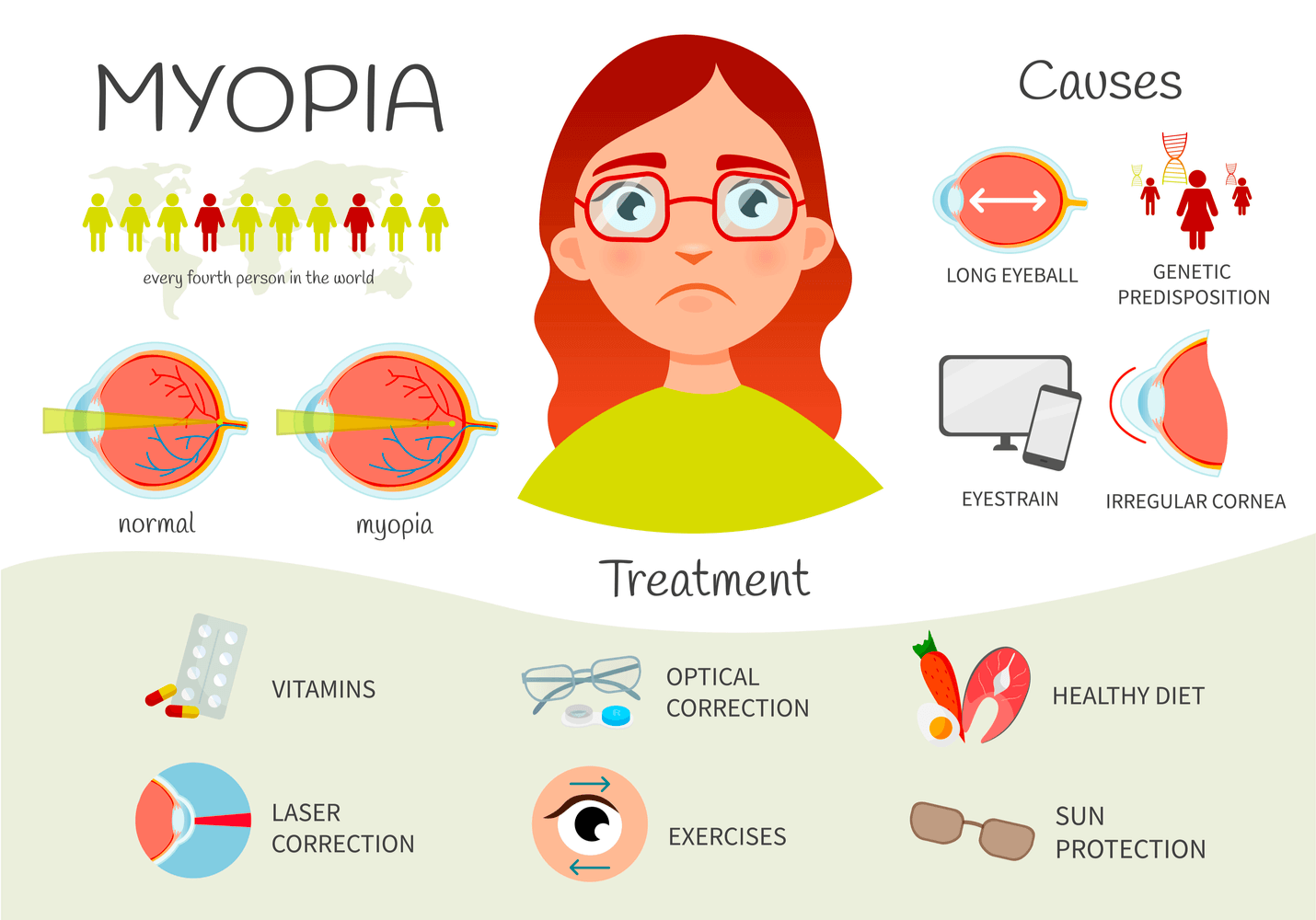
The experience of nutrition early in life can have long-term consequences. Encourage healthy the diet , this topic explains eating habits, and how to distinguish common chronic disease, usually temporary eating problems of conventional development.
How important is it?
Oral motor skills, such as sucking and chewing, develop rapidly in the first year, allowing young children to discover more and more foods and textures. Improvements in fine motor skills have also allowed infants and young children to develop more autonomy regarding feeding, and by the end of the second year, most children have acquired good feeding skills. At this age, children are increasingly affected by external signals, such as family, friends and society, to determine their hunger.
Feeding problems are common, and young children’s touch is about 25% to 50%. These problems are usually minor and temporary. They are often exposed to new foods or events during the child’s meal, or when they are trying to master a new feeding technique. However, 1% to 2% of children suffer from chronic feeding problems, including overeating, malnutrition, problem behaviors in meals and atypical diet choices. These problems are especially common in premature babies, and those related to developmental disorders. Eating problems can be highly stressful for parents and can lead to a tense father-son relationship.
What do we know?
Early feeding experience can have long-term consequences for later life eating habits and food preferences. In the first two years, a healthy diet that includes plenty of fruits and vegetables will increase the preference for healthy foods in the future. On the contrary, bad lifestyle habits such as favorite foods, fats and high sugars tend to last for a while.
Feeding problems are associated with many poor developmental, mental and health outcomes. For example, children who overeat are more likely to suffer from medical conditions and underlying psychological problems, and insufficient calorie intake can lead to growth retardation.
There are several factors that play a role in the development of feeding problems. Feeding difficulties may appear in pairs when feeding has spoken to the child about painful or unpleasant experiences associated with mealtimes. Temperament characteristics, such as the inability to self-regulate and communicate a person’s hunger level can make routine feeding challenging. Similarly, genetic predispositions for large or small appetites can increase the likelihood of feeding problems.
Parents play a central role in the entire early feeding process. Breastfeeding, for example, can not only prevent infectious diseases, but also allow infants and young children to develop the ability to control their caloric intake, an important healthy eating habit. Parents are also shaped into healthy eating habits to make eating happily and actively contribute to the feeding of their children.
Problems that arise during feeding, eating can become laden with anxiety and depression for children and parents. Misreading children’s signals can further exacerbate problem behaviors. Strategies, encouragement, as punishment, no distractions so that toys can temporarily not work, but they tend to worsen the problem over time. The most effective way is to respond to feeding. Interactions during meals are based on the child’s signals and are age-appropriate.
On a larger scale, culture also contributes to its feeding choices, behaviors, and exposure to different types of foods affecting feeding experience. For example, unhealthy food advertisements that children are exposed to are related to their preference for this type of food, which is particularly problematic for the African-American and Hispanic-American communities.
What can be done?
Given that feeding problems often originate from multiple reasons, it is strongly recommended to consider a multidisciplinary approach to cultural and personality differences. Although not all children respond equally well, several strategies have successfully promoted healthy eating, starting with those involving parents. Parents can help with cooking, and the amount of food per meal is small, thereby restricting access to most of them, and encouraging their children to put their utensils down after each bite to slow down their eating rate and reduce overeating. Parents can also discuss satiety, shape healthy eating habits, and limit TV viewing to 1 to 2 hours of high-quality programs. The daily amount encourages healthy living habits, only when children are over 2 years old.
In the case of insufficient calorie intake, drugs that increase appetite have shown a positive effect on weight gain, and can make psychological interventions more effective. Acceptance of new foods can also be encouraged by pairing new foods with preferred foods until the new foods become familiar. In order to have a pleasant meal time, the child should be given enough time to eat (between 10 and 30 minutes) and appropriate equipment (for example, high chairs, gadgets). Feeding is a complex skill that takes time to develop. Parents and professionals can have specific effects on feeding behaviors and motivations related to issues. Information about healthy lifestyle habits can be sent to parents during regular health checkups.
At the policy level, several steps can be taken to reduce accessibility of unhealthy foods. These measures include the elimination of vending machines in schools, stricter advertising and menu regulations, and quantitative quotas allocated to fast food stores and supermarket layout changes.














